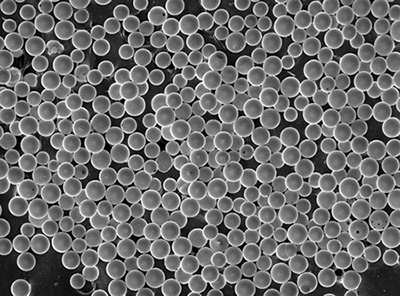
Bob Abraham, ABK Biomedical, Halifax, Canada, presented computed tomography and magnetic resonance imaging characteristics of novel radiopaque yttrium-strontium-gallium–silicate oxide glass microspheres at CIRSE. These beads, called Occlu90Y, are potential materials for radioembolization.
The ABK Biomedical website explains: “Like all embolic therapies, radioembolization is challenged by visualisation of the agent, during and after the procedure. Radiopaque radioembolic agents will allow for more accurate targeting of tumours and will help standardise the procedure and control dosage.” It further says that Occlu90Y is an early stage development product addressing that gap.
The study presented at CIRSE (26–30, September, Lisbon, Portugal) set out to establish the in vitro CT radiopacity and MRI contrast from yttrium-strontium-gallium–silicate oxide glass microspheres.
The investigators developed 10 quaternary glass microsphere compositions based on an initial screening, using a ‘design of mixtures’ approach and then determined their CT and established composition property relationships. The investigators determined that these yttrium-strontium-gallium–silicate oxide glass microspheres show in vitro CT radiopacity and diamagnetic susceptibility with low T1 contrast changes, and mild T2 contrast enhancement that should not confound clinical scans with the potential to visualise and quantify the microspheres using specific T2∗mapping protocols. Additionally, CT radiopacity was demonstrated in arteries supplying the pelvic soft tissue in a rat animal model using a pre-clinical CT scanner.










